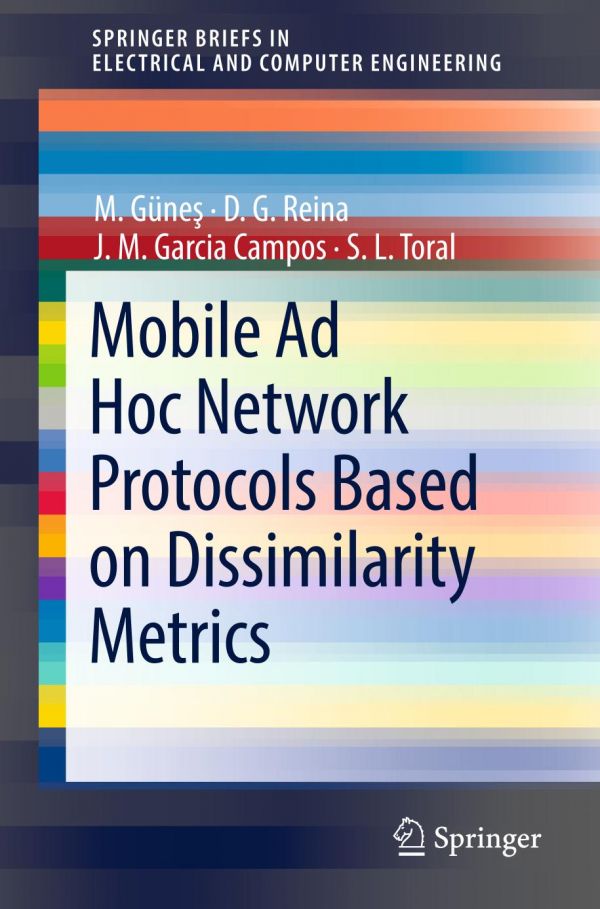

Most ebook files are in PDF format, so you can easily read them using various software such as Foxit Reader or directly on the Google Chrome browser.
Some ebook files are released by publishers in other formats such as .awz, .mobi, .epub, .fb2, etc. You may need to install specific software to read these formats on mobile/PC, such as Calibre.
Please read the tutorial at this link: https://ebookbell.com/faq
We offer FREE conversion to the popular formats you request; however, this may take some time. Therefore, right after payment, please email us, and we will try to provide the service as quickly as possible.
For some exceptional file formats or broken links (if any), please refrain from opening any disputes. Instead, email us first, and we will try to assist within a maximum of 6 hours.
EbookBell Team

4.4
42 reviewsThis SpringerBrief presents the design and performance evaluation of communication protocols based on dissimilarity metrics for wireless multihop networks. Dissimilarity metrics are used to infer the network topology based solely on local information to efficiently disseminate packets throughout the network, reducing both redundancy and congestion which is covered in this brief.
The performance evaluation of the proposed communication protocols has been conducted by both meticulous simulation and real experimentation in a wireless multi-hop testbed. The obtained results in this brief corroborate the hypothesis regarding the validity of dissimilarity metrics, which can be used to design efficient communication protocols.
This SpringerBrief is a good starting point for advanced-level students studying computer science and electrical engineering, as well as researchers and professionals working in this field.